25th May, 1998. Turbat Airport was abuzz with activity as one of its regular visitors, a Fokker F-27 ‘Friendship’ aircraft belonging to Pakistan International Airlines, had flown in on its route from Panjgur and was boarding for its onward leg to Gwadar. Three brothers, Jamal, Anwar, and Ghulam Hussain, prepared to board the flight, their fourth such journey in recent weeks, with only modest carry-on bags. They were waved off from the baggage check area by a friendly airport worker and went onto the aircraft.
The airport worker knew these brothers well from their last three trips. They were smuggling drugs to Karachi via Gwadar and had paid the man a handsome sum to keep the operation under wraps; all he had to do was get their bags onto the aircraft unchecked. The aircraft came to life with the whirring of its turboprop engines and taxied onto the runway; the takeoff went smoothly, as did the flight to Gwadar.
It was nearing 6 PM by the time the aircraft readied for its final leg to Karachi. There were 38 souls onboard, 33 passengers and 5 crew. The three brothers from Turbat had stayed on the plane during the stopover and were in their seats when flight PK-544 took off from Gwadar at 5:53 PM. Around ten minutes later, when the plane had leveled off and the seatbelt signs had been turned off, the brothers left their seats, produced pistols from their carry-ons, and went straight for the cockpit. The hijackers, Shahsawar Baloch, Sabir Baloch, and Shabbir Rind, had managed to initiate the last proper aircraft hijacking of an airliner in Pakistani history.
With one gun to the captain’s head and another to the first officer’s kidneys, the hijackers demanded that the aircraft fly to Delhi. Captain Uzair Khan, the veteran pilot in command of flight 544, told the hijackers that the aircraft didn’t have the necessary range and that they needed to refuel for a flight that long.
“Crash it then; we’re prepared to die today”
came the response from the attackers, who had forced both pilots to take off their headsets and stop communicating with the ground. In a moment of quick thinking, the captain turned some dials as if it were routine flight procedure and transmitted a Squawk 7500; air traffic control now knew there was a hijacking in progress.
After some back and forth between the captain and the lead hijacker, they agreed to take the plane to the Indian airstrip at Bhuj. The pilots, now allowed to communicate with the ground with the condition that they do so in Urdu, communicated this to Pakistani controllers but slipped in the codeword Kilo Delta, the designation of a navigation beacon near Hyderabad Airport. The pilot proceeded to turn the aircraft very slightly till he was on course for Hyderabad Airport, convincing the hijackers, who were using a map for guidance, that the Indus River flowing below was in fact a waterway in the Rann of Kutch.

Once safely on the ground, the pilot spoke into his radio set,
“Pakistan 544 for Bhuj Tower, do you copy?”
The call was received by puzzled policemen and went unanswered. At the same time, a PIA employee who had boarded the flight in Gwadar as a ferry passenger was sent out to ask for water; he was shocked when told that he was in Hyderabad and explained that everyone onboard was under the impression that the aircraft was in India; all lights at the airport were immediately shut off upon this revelation, and Hyderabad air traffic control responded to the pilot,
“Bhuj Tower to Pakistan 544, we copy.”
In whatever broken Hindi they knew from watching Indian soap operas, the policemen started communicating with the hijackers, first convincing them that it would take time for fuel supplies to be brought in from a bigger airport and then having them allow airport staff to deliver water to the plane. The Senior Superintendent of Police, Akhtar Gorchani, and Assistant Superintendent Usman Anwar, both having shown up to the scene in civilian clothes in a rush, went up to the aircraft carrying bags full of water bottles. After getting the hijackers to calm down by engaging in conversation, the team radioed back to the tower asking for a generator to be sent to power the aircraft’s air conditioning, the loss of which had left everyone in the aircraft sweltering. Accompanying the generator, dressed in a technician’s overalls, Major Aamir Hashmi of Inter Services Intelligence was sent to the plane to supplement the unarmed police team.
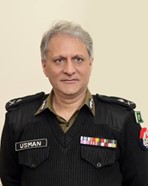
After some hours on the ground, under the guise of delivering food to the passengers, the Deputy Commissioner of Hyderabad joined the team. He brought along foodstuffs wrapped in Thai newspapers and told the hijackers that they had asked a Muslim restaurant to prepare non-vegetarian meals “for our Pakistani guests.” After the meal, and with the air conditioner refusing to work—Major Aamir had rigged a pedestal fan to the generator as a last resort—the police team asked the hijackers to let the women and children disembark and wait at the terminal, which the hijackers initially resisted but agreed to after DC Sohail Answer Shah pleaded with them. The flight attendants were also asked to leave the aircraft, but they refused, saying that their responsibility was to their passengers.
The clock was ticking, and the team knew well that the moment light breaks, the hijackers will be able to make out not only the Pakistani soldiers and policemen that had surrounded the area but also the large sign on the terminal building stating that they were, in fact, in Hyderabad. SSP Gorchani, ASP Usman, and Major Aamir each began conversing with one of the three hijackers, one of them on the apron outside the plane and one each standing at the two open doors of the plane. Then, with a war cry of “Allah o Akbar,” the three men simultaneously shoved the attackers onto the ground and disarmed them; the hijackers, for their part, were absolutely baffled as to why Manoj Kumar, Ram Chand, and an unnamed Indian technician were rallying around a Muslim battle cry.
In the ensuing tussle, the flight’s first officer grabbed the axe kept onboard the aircraft and swung at one of the attackers. He missed and broke one of Major Aamir’s fingers; the hijacker, meanwhile, ran away from the aircraft and straight into the police cordon; he was apprehended there. Upon receiving the signal from the Deputy Commissioner, police mobiles raced to the aircraft, and the hijackers were taken away.
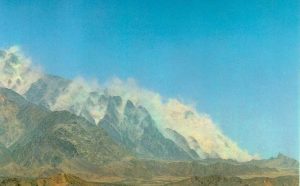
The hijackers were Baloch separatists from the proscribed Baloch Students Organization. A prepared statement was recovered from them after their capture, demanding that the Government of Pakistan not proceed with any planned nuclear tests; the tests were duly carried out just three days later on May 28th, 1998. The hijackers were sentenced to death under Article 402-B of the Pakistan Penal Code; Shahsawar and Sabir Baloch were hanged in Hyderabad, and Shabbir Rind in Karachi, on 28th May 2015—on the 17th anniversary of Pakistan’s successful Chagai-1 Nuclear Tests.
(This narration is based on interviews of those involved, including the captain of the aircraft and members of the rescue team.)


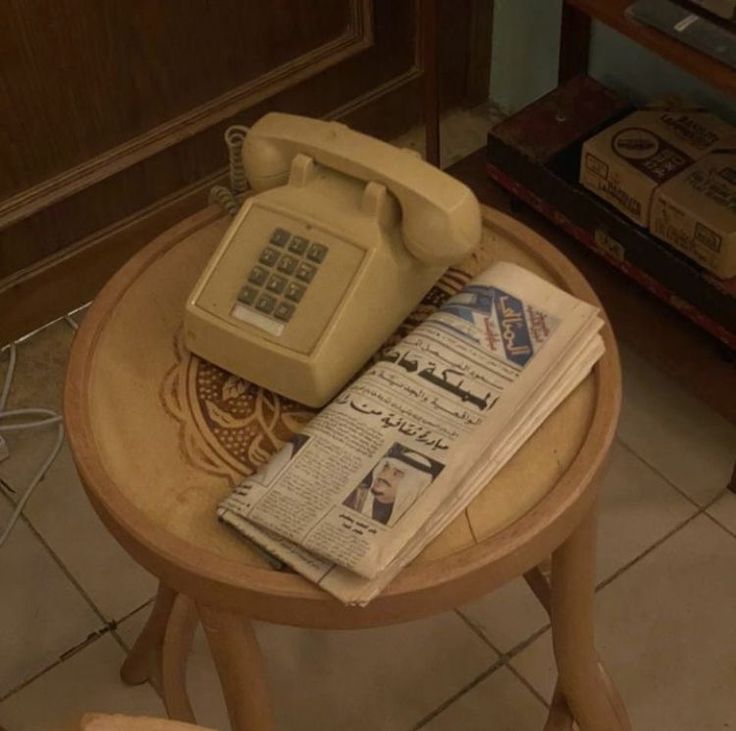



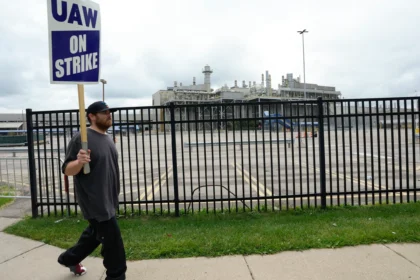


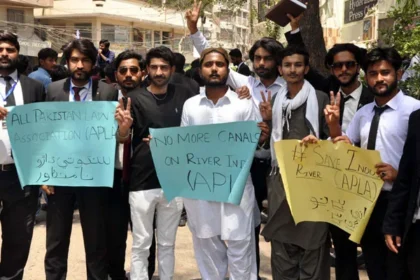


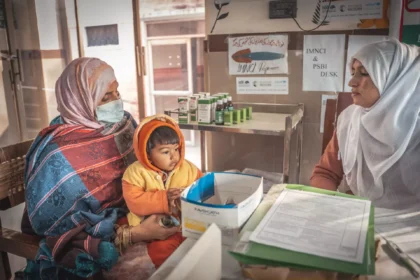


Absolute gold! Love your narrating style.